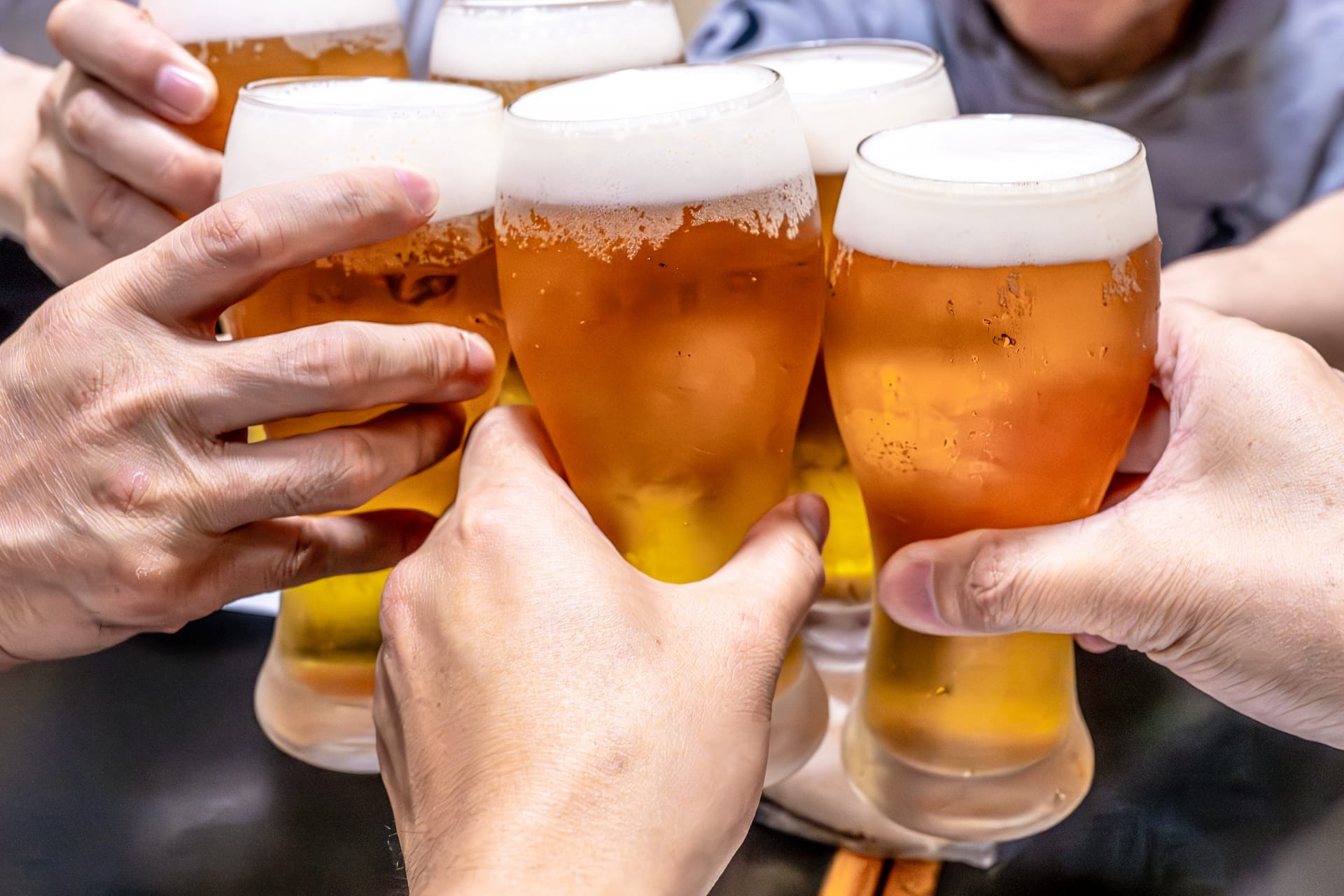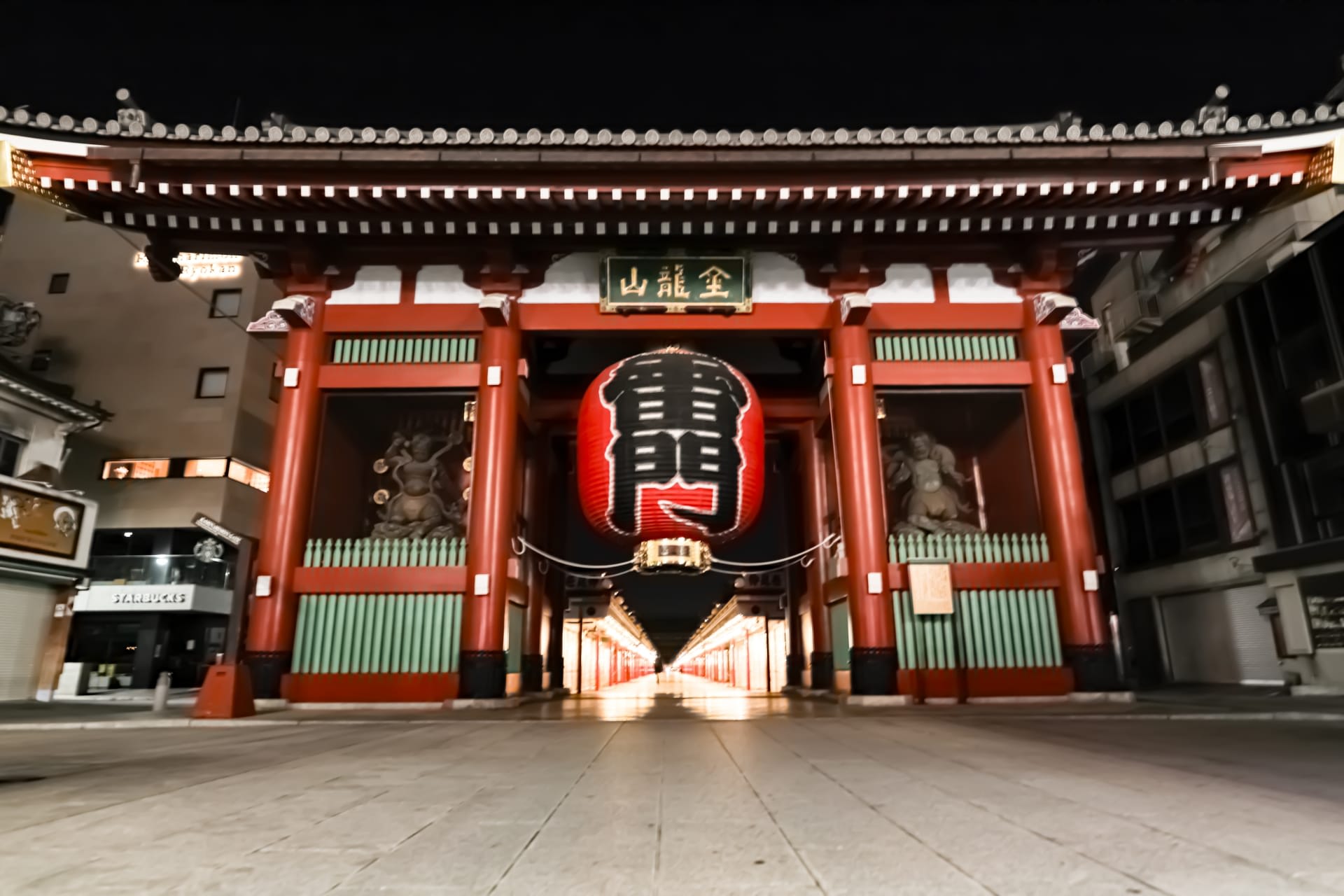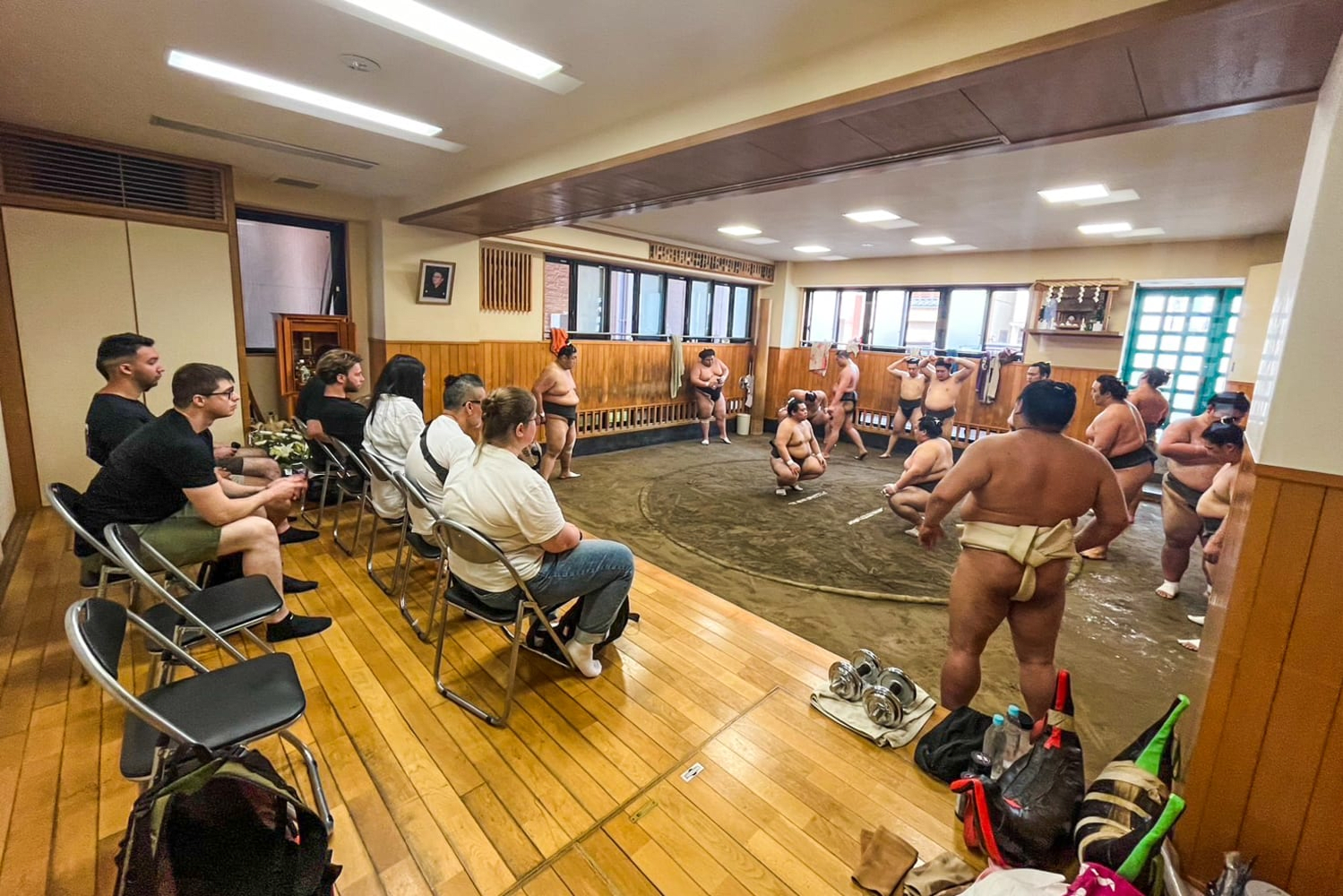How to Enjoy Izakaya Like a Local: Complete Guide to Japanese Pub Etiquette
For decades, izakaya has been a sanctuary for Japanese people.
Having a drink after work, sharing complaints with colleagues, or confiding true feelings to supervisors - this izakaya culture has now become a popular attraction among foreign tourists.
However, first-time foreign visitors to izakaya face many confusing aspects: the sudden appearance of small dishes called "otoshi," the mysterious call of "toriaezu nama!" (draft beer for now), and even the timing of taking off shoes.
As a Japanese person myself, I realize "this isn't obvious to everyone" every time I guide my overseas friends.
In this article, I, with over 30 years of izakaya experience, will thoroughly explain how to enjoy izakaya for foreign visitors. I'll introduce not only manners and ordering methods but also insider tips that are good to know.
Now, let's embark on a journey to enjoy the "deep izakaya culture"! By the end, you'll surely feel like an izakaya regular.
Table of Contents
・Basic Features of Izakaya You Should Know
・Basic Flow from Entrance to Exit
・Drink Ordering Methods and Etiquette
・Food Ordering and Sharing Manners
・Payment Etiquette
・Frequently Asked Questions

Basic Features of Izakaya You Should Know
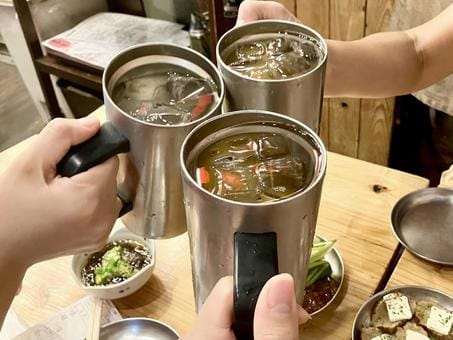
Izakaya is a unique dining establishment that embodies the essence of Japanese casual food culture.
What I particularly want to explain to foreign guests is the culture of "otoshi." Many are surprised when small dishes are served initially, but this is actually a traditional form of izakaya hospitality.
Operating hours are typically from 5:00 PM until late night, and these establishments have long been cherished as gathering places for office workers and students.
From my experience, the charm of izakaya lies in their diversity. You can enjoy drinking quietly alone or have lively parties with large groups.
Seating options range from private rooms to counter seats and table seats, so you can choose based on your mood and purpose for that day.
Types and Characteristics of Izakaya
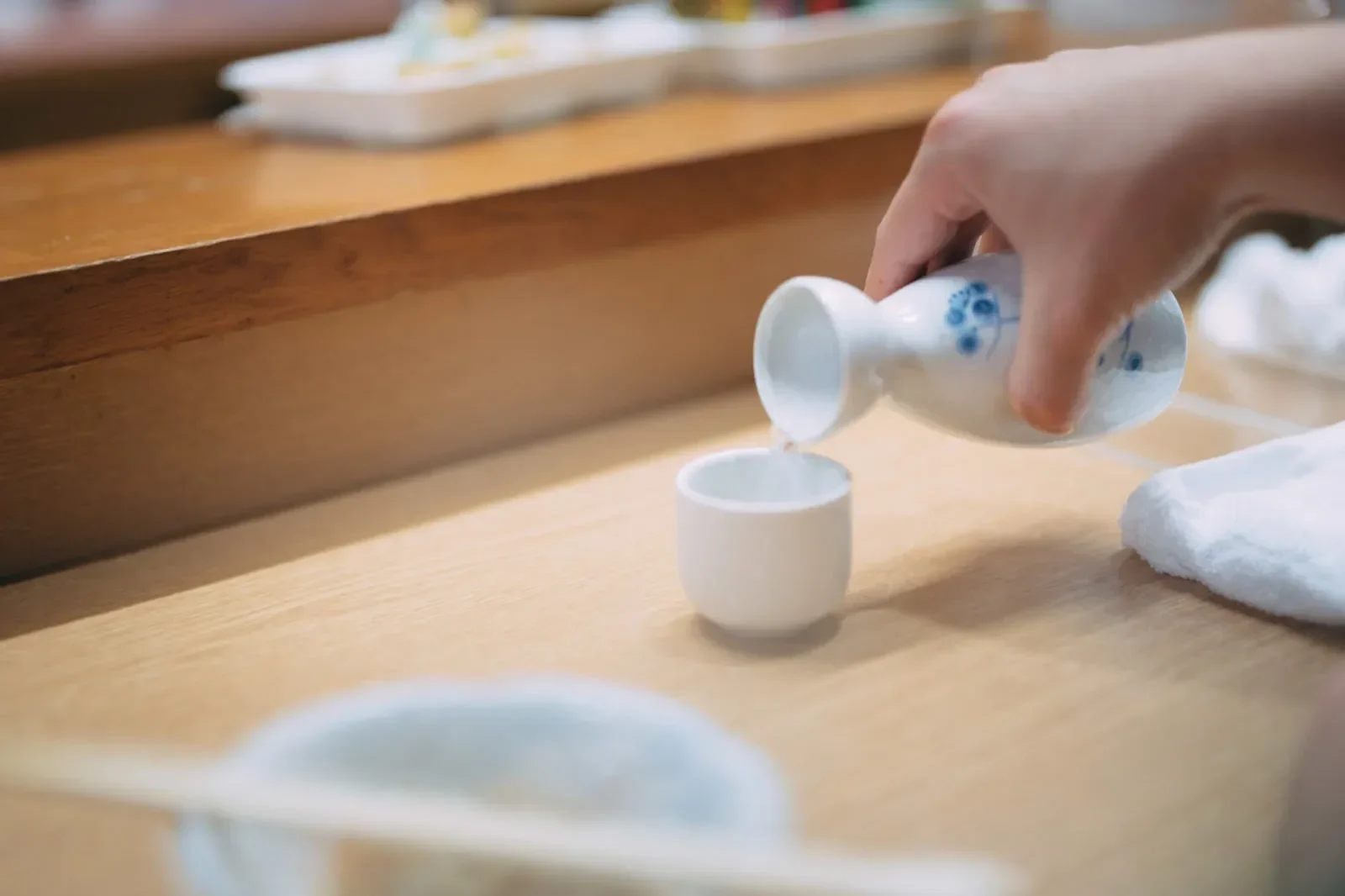
From my years of experience, I can classify izakaya into four main types.
First, "casual izakaya" are the most accessible establishments. With reasonable pricing, they offer the most straightforward experience of Japanese izakaya culture.
"Private room izakaya" are recommended for those who value privacy. Many use them for business entertainment or special occasions, providing spaces where you can enjoy conversations quietly.
"Standing izakaya" emerged from Japanese work culture. They're my personal favorite as they not only offer quick drinks but also chances to interact with local regulars.
Lastly, "yakitori izakaya" specialize in chicken dishes. They offer special experiences where you can observe craftsmen's skills and enjoy the aromatic smell of grilled skewers up close.
How to Choose Seats at Izakaya

Seat selection varies greatly depending on your mood and purpose for that day. I often explain the characteristics of each seat type to overseas guests.
Counter seats are prime spots for enjoying conversations with chefs and watching food preparation. They're ideal for solo drinking or small groups, and I think they offer the most authentic izakaya atmosphere.
Table seats are convenient for groups. They make it easy to share dishes and create a lively atmosphere.
Zashiki (floor seating) is a traditional Japanese space where you take off your shoes and relax. It's less tiring for long stays and allows you to experience Japanese culture. However, those with mobility issues should be cautious.
Horigotatsu combines the comfort of zashiki with the convenience of chairs. It's particularly popular among foreign guests as you can stretch your legs.
Private rooms offer completely private spaces. They're perfect for business entertainment or important dining occasions but usually require reservations.
Basic Flow from Entrance to Exit

When I guide overseas friends, I pay special attention to the basic flow from entrance to exit.
When greeted with an energetic "Irasshaimase!" first state your party size. If you can say "Ni-mei desu" (two people) in Japanese, you can expect an even warmer reception.
Oshibori (wet towel) and water are automatically provided, so please wait comfortably. This is a basic form of Japanese hospitality and is a free service.
For zashiki seating, remove your shoes following staff guidance. Payment is typically made at the register at the end, so you won't be asked to pay at the table.
Entrance Etiquette
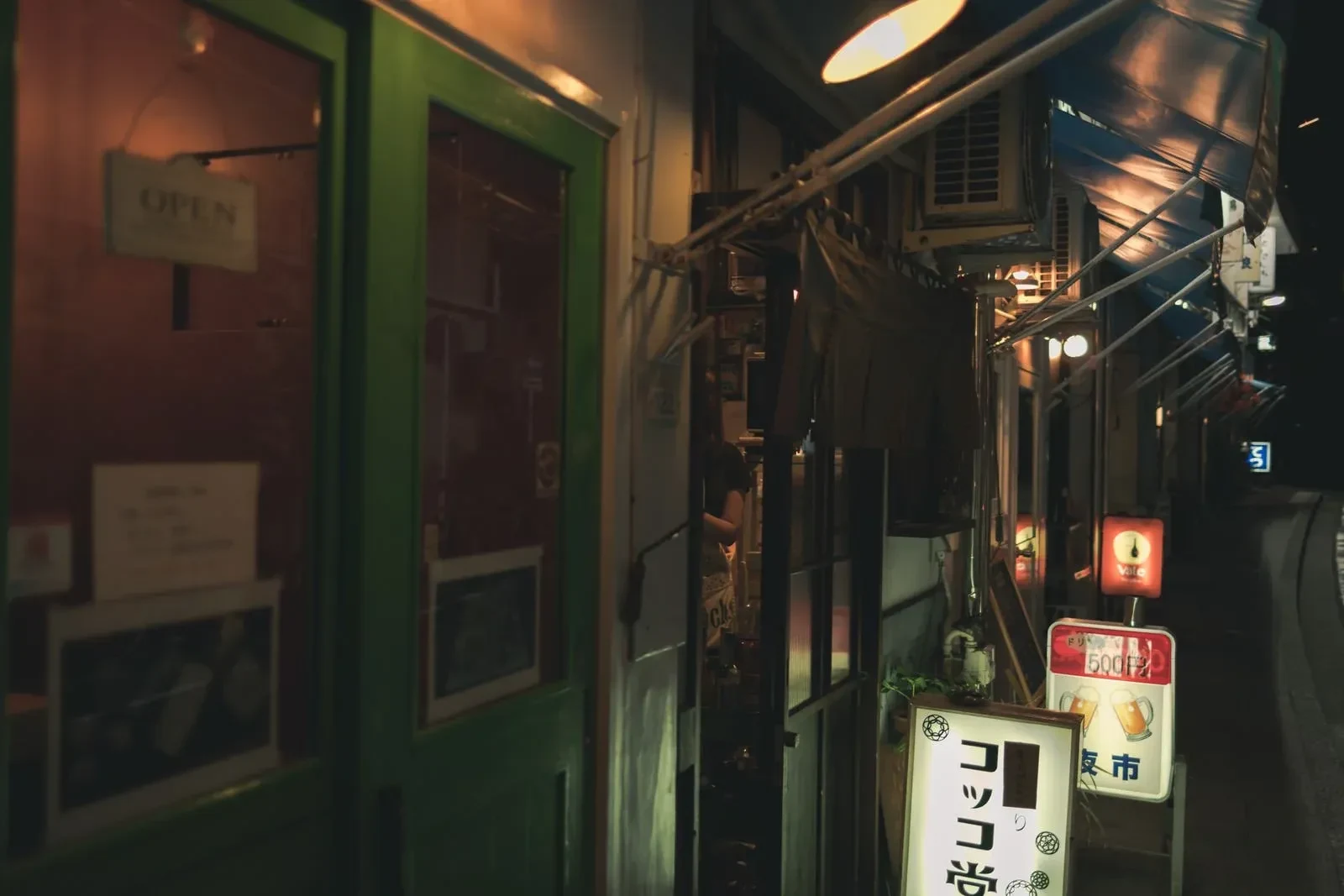
Entrance etiquette is actually more important than you might imagine. In my experience, this first step determines whether you'll establish a good relationship with the establishment. First, carefully check the operating hours and vacancy information at the entrance.
If you have a reservation, it's important to mention this first. Simply saying "I have a reservation" leads to smooth guidance. If you have large bags, it's proper etiquette to ask where to place them.
When expressing seating preferences after looking around, you'll receive kind assistance if you communicate specifically, like "Counter seat, please."
For zashiki seating, the proper etiquette is to arrange your shoes neatly when removing them, and place them in the shoe rack if one is available.
Exit Considerations

There are several important points to consider when leaving.
First, carefully check the bill placed on your table before heading to the register. After paying, it's Japanese courtesy to say "Gochisousama deshita."
I always make sure to check for forgotten items. Especially in zashiki seating, I recommend checking one last time under cushions and tables for any dropped items. Smartphones and wallets are commonly forgotten, so extra attention is needed.
Drink Ordering Methods and Etiquette
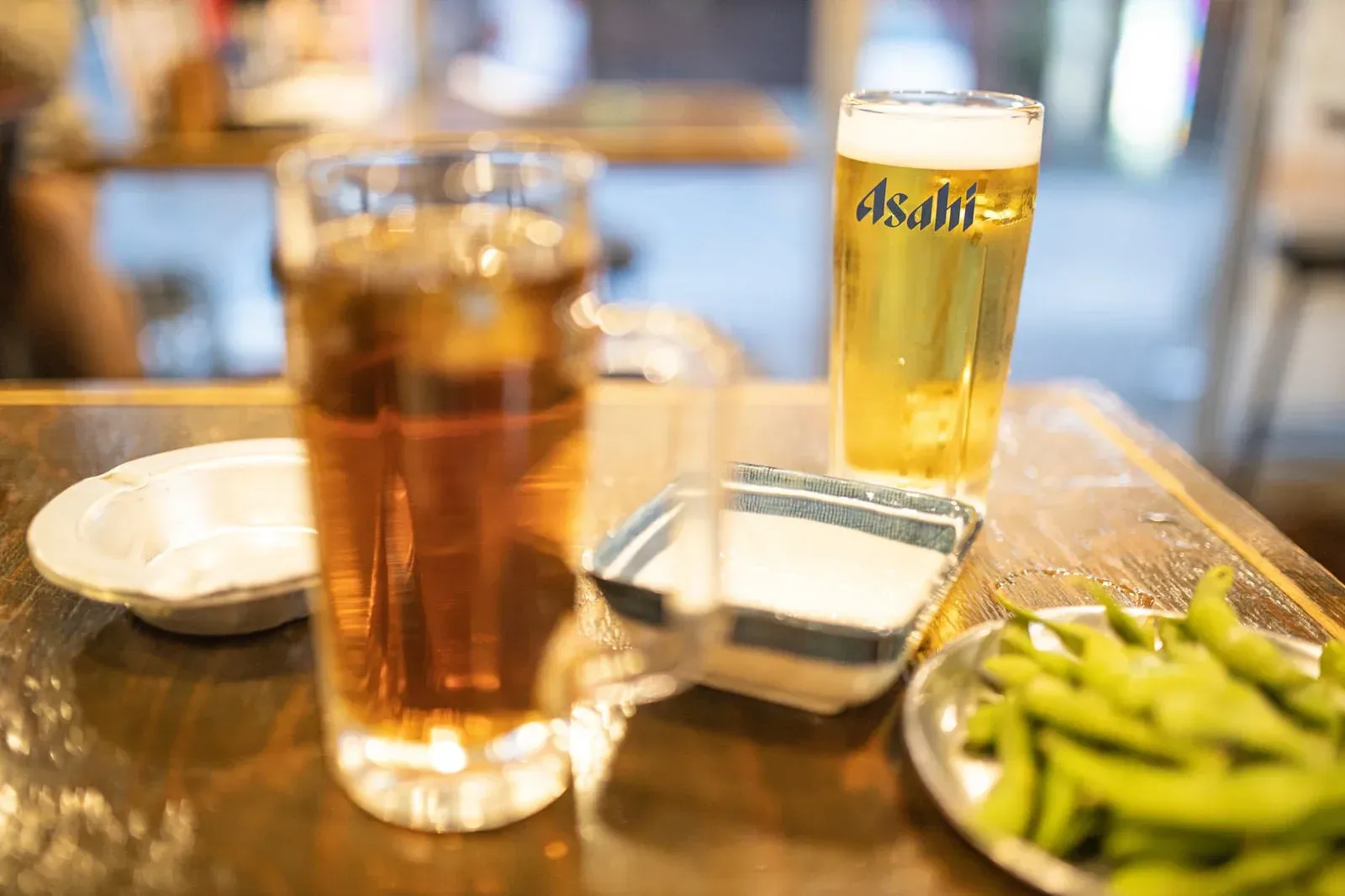
In Japanese izakaya, ordering draft beer for the first drink is standard. That's why you often hear "Toriaezu nama!" I've found that this first order really helps set the mood for Japanese drinking gatherings.
When ordering sake, you must specify whether you want it "atsukan" (hot) or "rei" (cold).
When ordering bottles, it's Japanese culture for group members to pour for each other. This is valued as more than just drinking - it's a form of communication.
For refills, raise your hand and say "Sumimasen" to call staff and place your order.
Chain establishments often have "call buttons" you can press. Recently, more izakaya also offer touch panel ordering systems.
Types of Japanese Alcohol and How to Enjoy Them
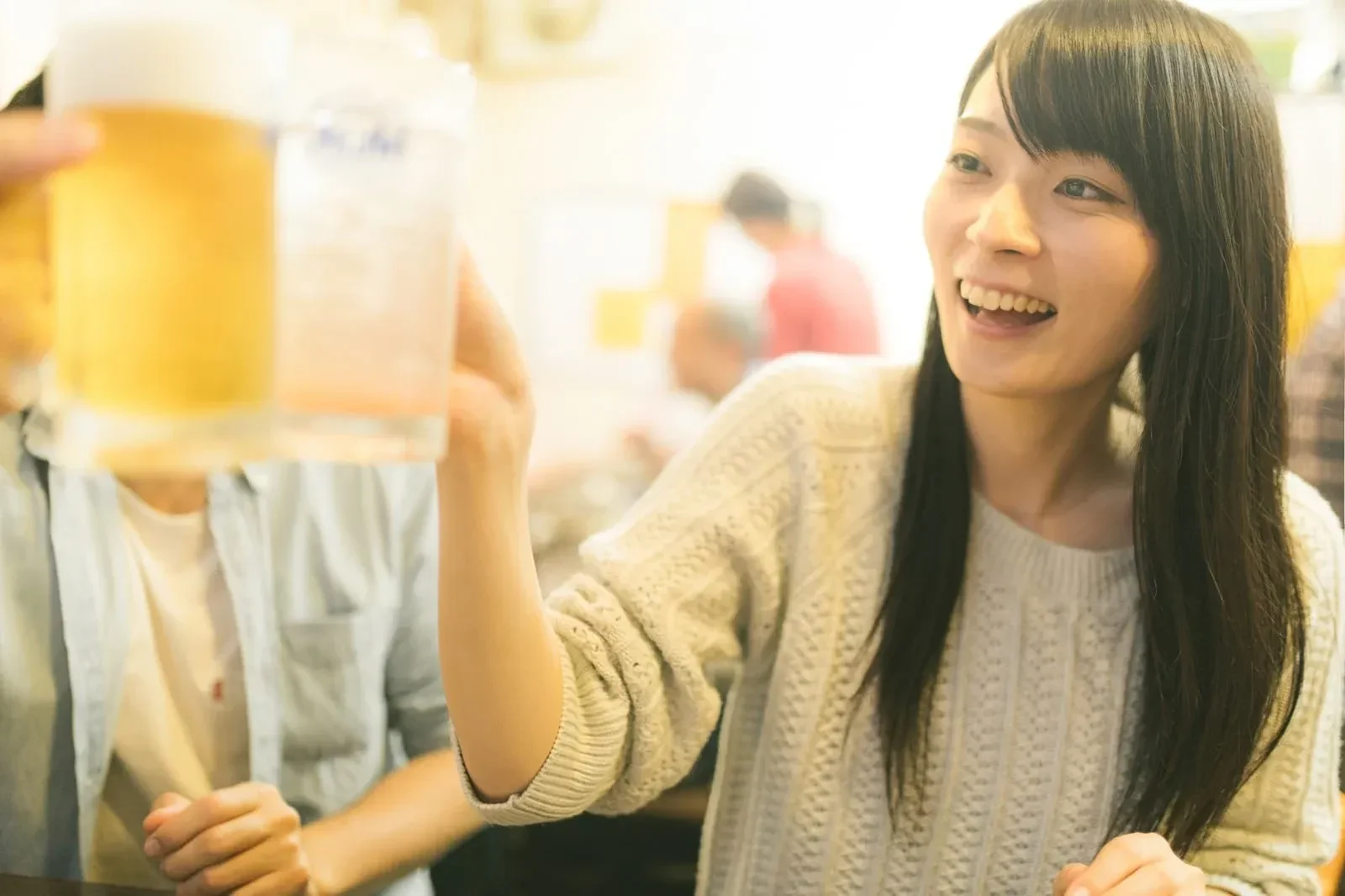
I particularly recommend experiencing unique ways to enjoy Japanese alcohol. Beer comes in various forms including draft beer, bottled beer, and sours. Recently, more establishments have started offering craft beers.
Sake includes local varieties unique to each region and seasonal special brands. My favorite is choosing sake that pairs well with seasonal dishes.
Shochu offers completely different tastes depending on the base ingredient - sweet potato, barley, or rice. Whisky can be enjoyed as highball, mizuwari (with water), or on the rocks. Japanese whisky has become increasingly popular recently.
More establishments now offer wine, both by the glass and bottle. Many places serve wines that pair well with Japanese cuisine.
Drinking Etiquette
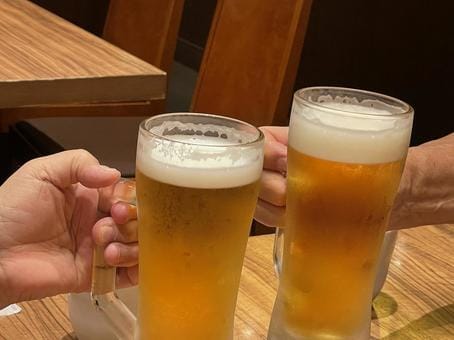
Drinking etiquette represents deep aspects of Japanese culture.
I particularly value showing consideration to seniors. When a senior's cup becomes empty, it's considered refined to discreetly serve them.
When pouring alcohol, always hold the bottle with both hands. This is an important gesture showing respect. Similarly, when receiving alcohol, hold your glass with both hands. In my experience, such thoughtful gestures lead to deeper connections.
Food Ordering and Sharing Etiquette

There are actually implicit rules for ordering food at izakaya.
I always practice starting with "otsumami" like edamame or cold tofu. These pair excellently with sake or beer and help conversation flow.
Instead of ordering lots of dishes at once, it's wise to order gradually. This ensures dishes don't get cold and allows you to enjoy them according to the mood and flow of conversation.
While individual plates are provided, always use serving chopsticks for shared dishes. I often explain to foreign guests that finished plates should be stacked and moved to the edge of the table. This allows efficient use of table space.
Recommended Standard Menu Items and Ordering Tips
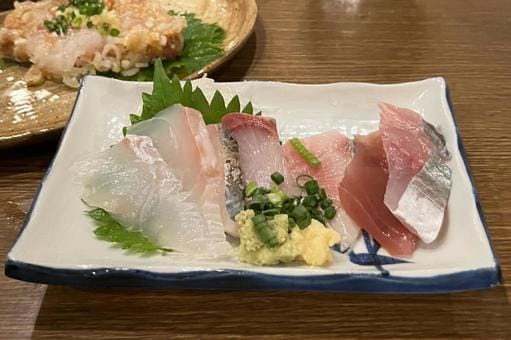
When unsure about the menu, asking "Osusume wa?" (What do you recommend?) in Japanese is most reliable. Staff will tell you about fresh ingredients of the day and seasonal specialties. In my experience, ordering sashimi assortment reveals the quality of a restaurant's ingredients.
When ordering yakitori, you need to specify "tare" (sauce) or "shio" (salt) seasoning. It's smoother to mention this before being asked. Personally, I recommend trying the first skewer with salt to taste the ingredient, then enjoying sauce afterward.
The culture of eating noodles or onigiri as "shime" (end of meal) is uniquely Japanese. Especially ramen after drinking is the essence of Japanese izakaya culture. I always recommend this final dish when guiding friends.
Meal Etiquette and Chopstick Use

Chopstick use is very important in Japanese food culture. I particularly care about avoiding passing food between chopsticks. This is based on Buddhist customs and holds deep meaning for Japanese people.
Also, avoid pointing with chopsticks or stabbing food. However, it's perfectly fine to lift plates while eating. In fact, it's proper etiquette to slightly lift bowls when eating soup dishes.
In my experience, foreigners tend to worry too much about chopstick use, but as long as you follow basic manners, slightly awkward chopstick handling is no problem at all. Rather, the attitude of trying to learn Japanese food culture is viewed positively.
Payment Etiquette

Regarding payment, the first thing I always explain to overseas friends is that tipping is unnecessary in Japan. Rather, leaving a tip might confuse staff who might chase after you to return it. This is because service charges are already included in the price.
For splitting the bill, it's best to mention this when you start drinking. Saying "Okaikei wa betsu betsu de onegaishimasu" (Separate checks please) in advance ensures smooth payment.
Recently, more major chain establishments accept credit cards, but I recommend being prepared to pay in cash.
The bill is placed on your table, so take it with you to the register at the end. In my experience, checking the bill carefully and preparing cash before heading to payment leads to smooth transactions.
Frequently Asked Questions
Finally, I'll answer common questions about enjoying izakaya.
Can I Decline Otoshi?
I receive many questions about otoshi from foreign tourists.
Basically, you can't decline it, but there's a reason for this. From my perspective, otoshi is not just a dish but an important item that shows the establishment's taste and creativity.
Prices vary by establishment, but items are chosen based on the day's ingredients and season. If you receive something you can't eat, you can request a change.
I recommend accepting and enjoying otoshi as part of izakaya culture.
How Long Can I Stay?
Regarding stay duration, typically two hours is standard. In my experience, this timing is appropriate for enjoying meals leisurely while considering the establishment's turnover.
Especially during busy times, time limits may be set. In such cases, you'll be informed upon entrance, so I recommend enjoying within that timeframe.
Can I Enter Alone?
This is definitely yes. Many establishments welcome solo drinking, and recently there's a growing atmosphere of welcoming solo customers.
I sometimes enter alone too, and especially recommend counter seats. Even without speaking English, you can enjoy conversations with chefs through gestures or translation apps at the counter, and directly ask about daily recommendations.
Pleasantly, many establishments adjust otoshi portions smaller for solo customers.
Are English Menus Available?
While English menus are often available in tourist areas, not all establishments have them. However, don't worry. In my experience, especially chain establishments typically have picture menus, and pointing orders work fine.
Recently, many people use smartphone translation apps, and staff are used to this.
Also, when touch panels are available, they often can be switched to English display.
Are Reservations Necessary?
The necessity of reservations varies by situation. In my experience, for small groups on weekdays, many izakaya don't require reservations. However, expect waiting times on weekends.
Especially for groups of 10 or more, most establishments require reservations. Also, for popular places or special days (Friday nights or before holidays), making reservations is more reliable.
Izakaya is a place where Japanese food culture and social culture beautifully merge. What I've learned from over 30 years of izakaya visits is that while manners and etiquette are important, the most crucial thing is having the mindset to enjoy the atmosphere.
I recommend relaxing and enjoying while keeping basic rules in mind and observing nearby Japanese customers.
Your izakaya experience will surely become a wonderful memory of your Japan trip!
